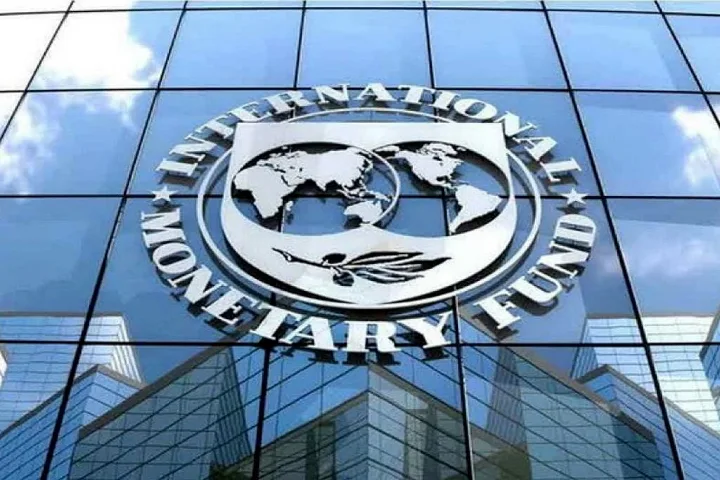India remains a bright spot with the country’s growth in 2023 pegged at 6.1% while the global growth rate is expected to slow to 2.9%, according to the IMF’s latest World Economic Outlook report released on Tuesday.
“I want to say, we had a positive view on India in our October forecast. That positive view is largely unchanged,” IMF chief economist Pierre-Olivier Gourinchas said in response to a question.
In a blog post he wrote that India remains a bright spot. Together with China, it will account for half of global growth this year, versus just a 10th for the US and euro area combined.
“Growth in India is set to decline from 6.8 percent in 2022 to 6.1 percent in 2023 before picking up to 6.8 percent in 2024, with resilient domestic demand despite external headwinds,” said the IMF’s World Economic Outlook update.
China’s real GDP slowdown in the fourth quarter of 2022 implies a 0.2 percentage point downgrade for 2022 growth to 3.0 percent — the first time in more than 40 years with China’s growth below the global average.
Growth in China is projected to rise to 5.2 percent in 2023, reflecting rapidly improving mobility, and to fall to 4.5 percent in 2024 before settling at below 4 percent over the medium term amid declining business dynamism and slow progress on structural reforms.
The IMF said global growth would still fall to 2.9% in 2023 from 3.4% in 2022, but marks an improvement over an October prediction of 2.7% growth this year with warnings that the world could easily tip into recession.
For 2024, the IMF said global growth would accelerate slightly to 3.1%, but this is a tenth of a percentage point below the October forecast as the full impact of steeper central bank interest rate hikes slows demand.
IMF chief economist Pierre-Olivier Gourinchas said recession risks had subsided and central banks are making progress in controlling inflation, but more work was needed to curb prices and new disruptions could come from further escalation of the war in Ukraine and China’s battle against COVID-19.
For advanced economies, the slowdown will be more pronounced, with a decline from 2.7 percent last year to 1.2 percent and 1.4 percent this year and next. Nine out of 10 advanced economies will likely decelerate, Gourinchas said.
The US’ growth will slow to 1.4 percent in 2023 as Federal Reserve interest-rate hikes work their way through the economy. Euro area conditions are more challenging despite signs of resilience to the energy crisis, a mild winter, and generous fiscal support, he said.
“With the European Central Bank tightening monetary policy, and a negative terms-of-trade shock — due to the increase in the price of its imported energy — we expect growth to bottom out at 0.7 percent this year,” Gourinchas wrote.
According to the report, growth in emerging and developing Asia is expected to rise in 2023 and 2024 to 5.3 percent and 5.2 percent, respectively, after the deeper-than-expected slowdown in 2022 to 4.3 percent attributable to China’s economy.




















